“Mob programming.”
 “All the brilliant minds working together on the same thing, at the same time, in the same space, and at the same computer”. How we transformed as a team by working together on everything.
“All the brilliant minds working together on the same thing, at the same time, in the same space, and at the same computer”. How we transformed as a team by working together on everything.
1. What is mob programming. Woody Zuill, co-creator of Mob programming calls it “All the brilliant minds working together on the same thing, at the same time, in the same space, and at the same computer”. It’s basically a “whole-team” approach to teamwork in software development.
2. Why The team’s technical lead found an article about mob programming and shared it with the rest of the team. The team has always been open to try new things and was already familiar with Scrum and Test Driven Development, so they decided to give it a try. At that time the team consisted of 3 persons, the technical lead himself and two other developers.
3. How we got started The team read up on the guidelines of mob programming, booked a conference room and identified a reasonably short user story. The user story was a new feature, part of the code-base they were already very familiar with. They wrote down a plan on how to implement the new feature and took turns at the keyboard.
4. How mob programming changed the team’s process The team followed their regular process, which had the following steps: Todo, In Progress, Code Review, To Test, Done. When they got to the Code Review step, they noticed they had already been code reviewing the code together from the very beginning. They had also been testing the new feature (both with TDD and manual tests), so the Testing step didn’t make any sense either. So they merged the work, deployed the new feature and moved the user story straight to Done. This allowed them to streamline their process where they now only have 3 states: Todo, In Progress and Done.
5. Strategies for working as a mob The talk will cover various strategies for reducing distractions, increasing focus and dealing with exhaustion from too much uninterrupted focus.
6. Learnings from Mob Programming The team will share practical learnings they made, which any team can learn from, even when not doing Mob Programming. The team was also fortunate enough to grow by 2 developers since starting mob programming, so will share how mob programming allowed new developers to adapt easily and even learn TDD in record time.
7. Manager’s perspective Finally we will add a short insight from the manager perspective, on how mob programming actually made the manager’s life easier, all while giving the team more freedom and autonomy.
BIO: CTO at Vaimo. Background as a Backend Developer. Worked with various teams in Vaimo from Product to Hosting to Internal Tools. Focussed on developing Continuous Delivery capabilities within Vaimo.
To secure your spot, go ahead and register here: https://www.eventbrite.com/e/agile-saturday-xiv-registration-44994750510
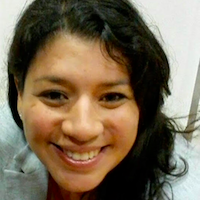


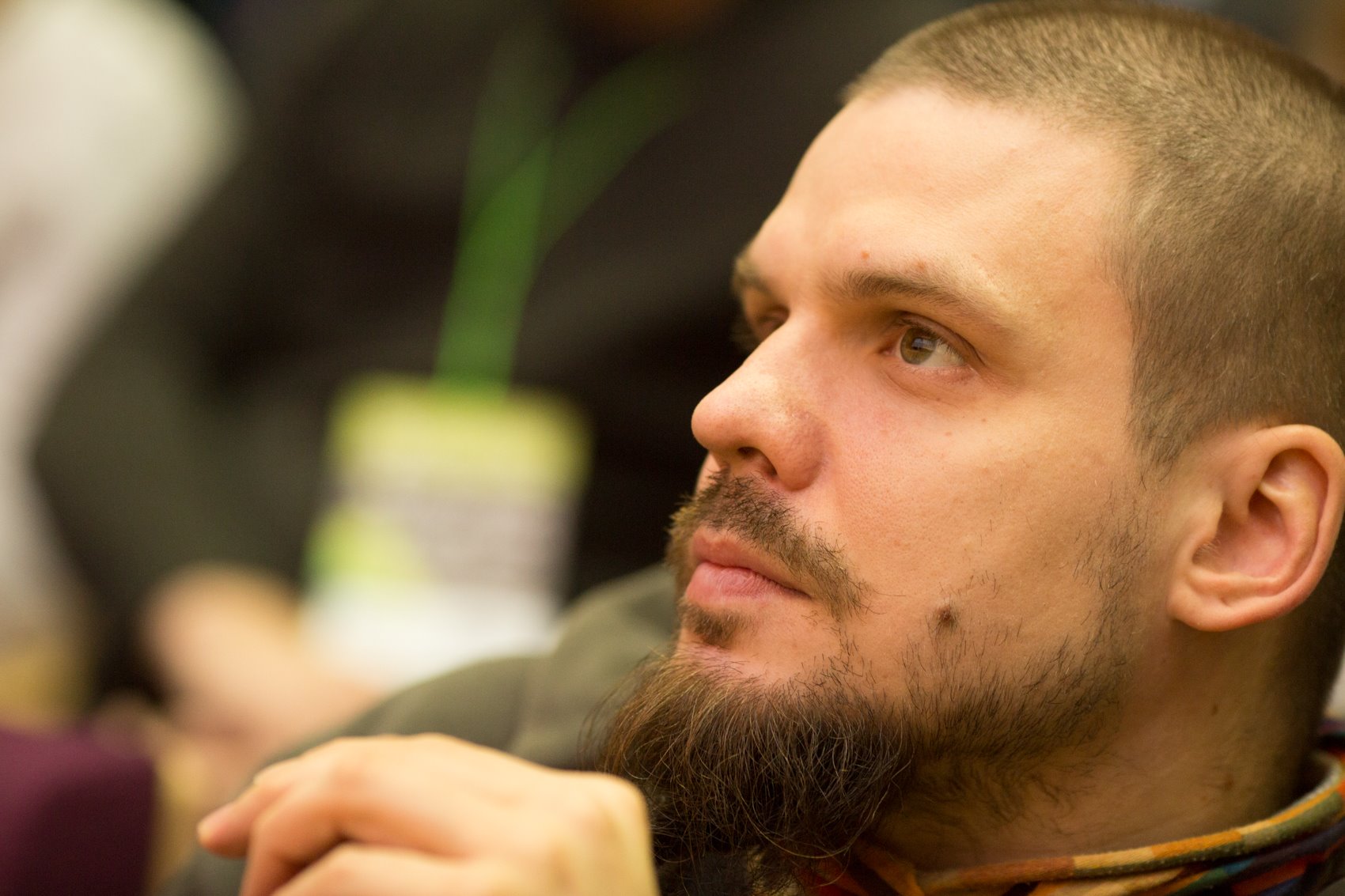
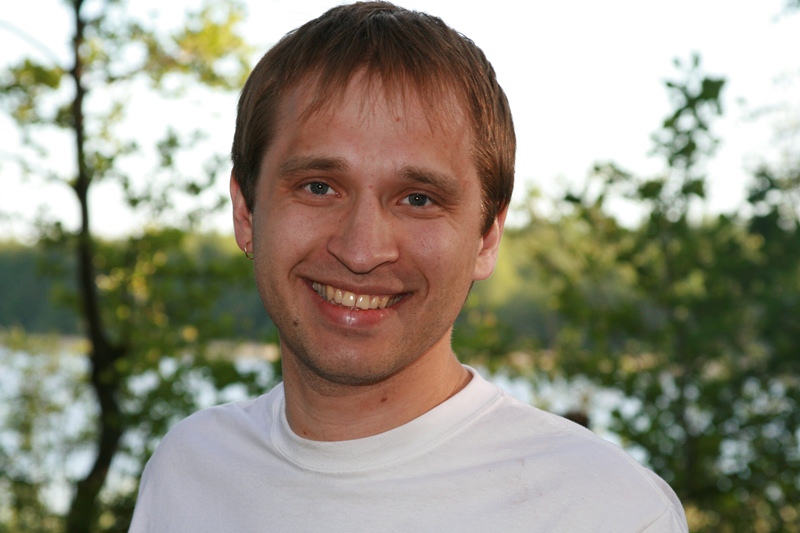

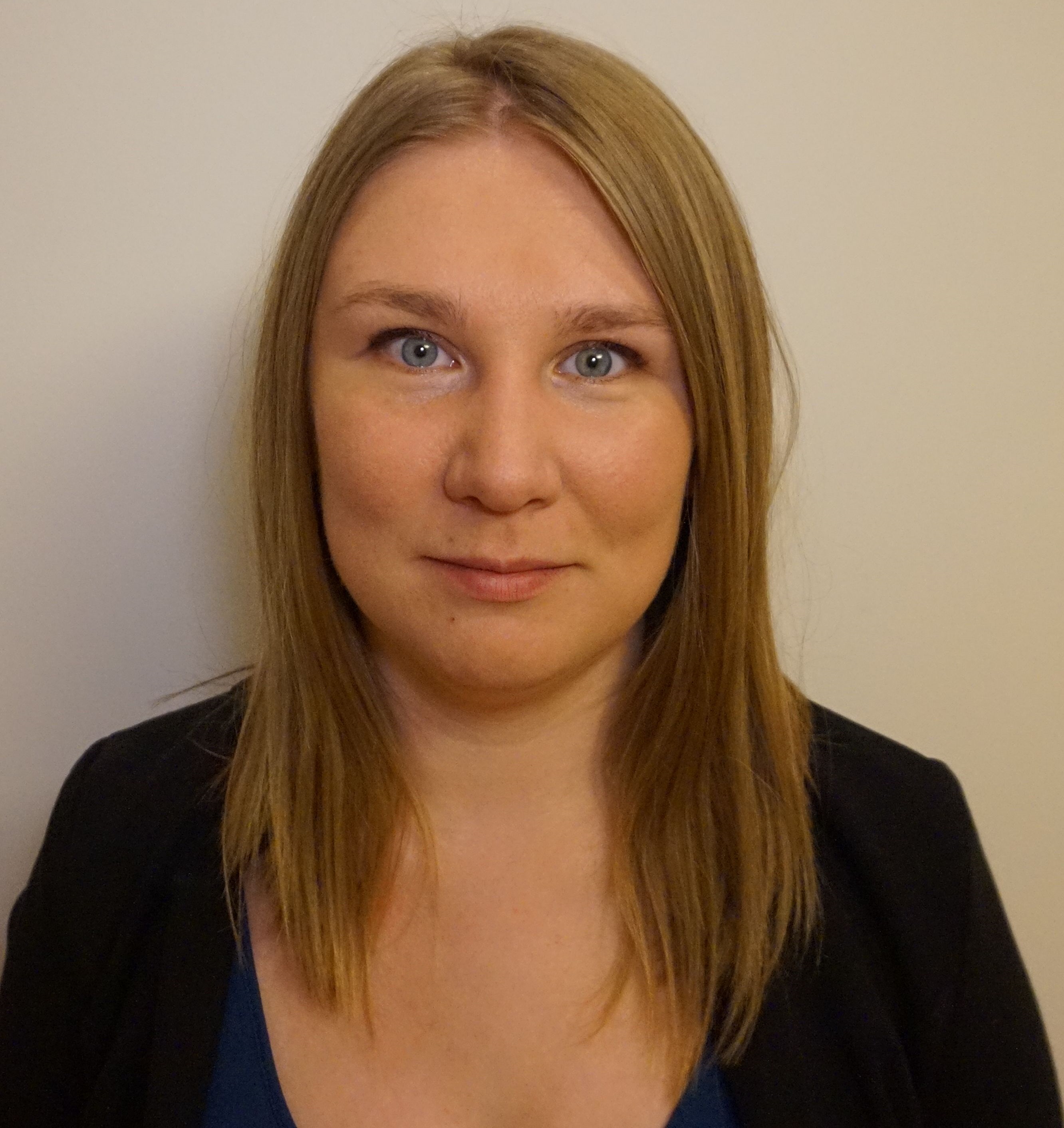



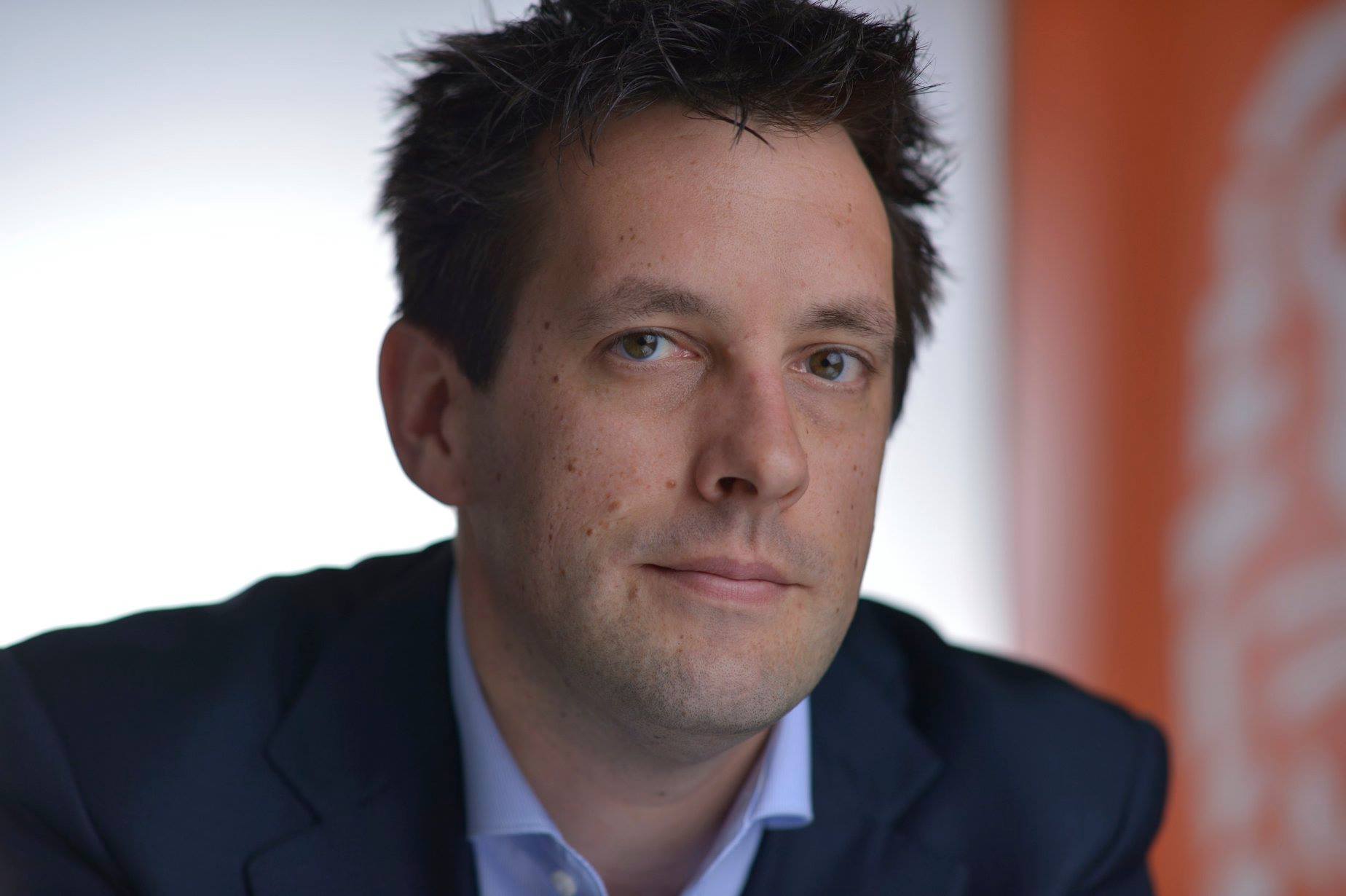 ING Netherlands was one of the first corporates in The Netherlands, and one of the first banks in the world, to adopt agile ways of working throughout the entire organisation. The transformation took place 9 months after it was thought of, in big bang style for 2,500 employees at the head office of the bank.
ING Netherlands was one of the first corporates in The Netherlands, and one of the first banks in the world, to adopt agile ways of working throughout the entire organisation. The transformation took place 9 months after it was thought of, in big bang style for 2,500 employees at the head office of the bank.

 Building microservices with Esticade framework
Building microservices with Esticade framework